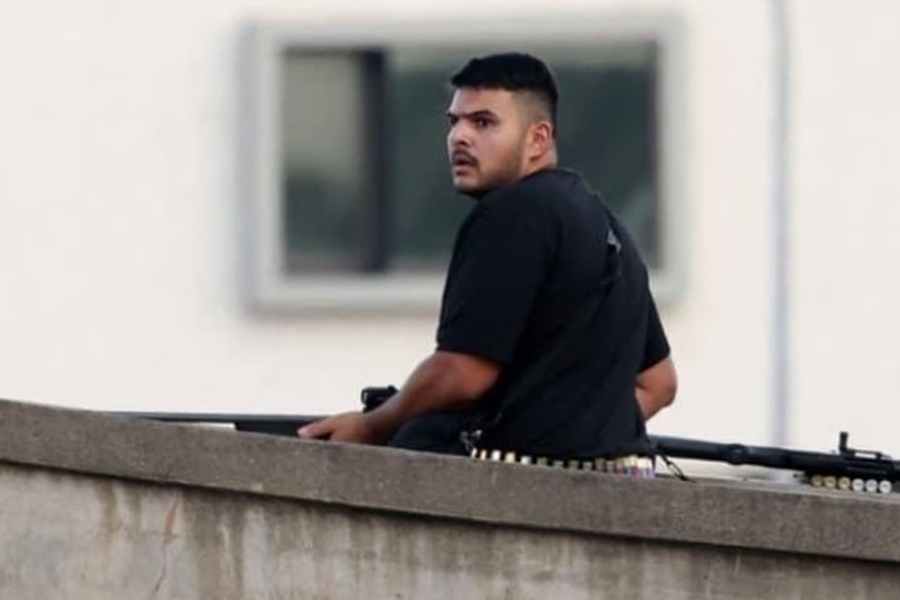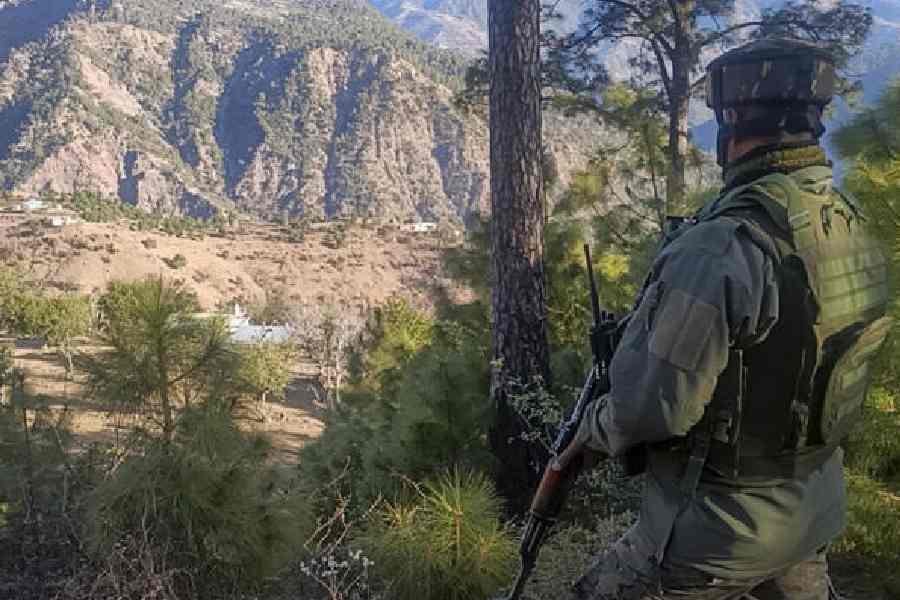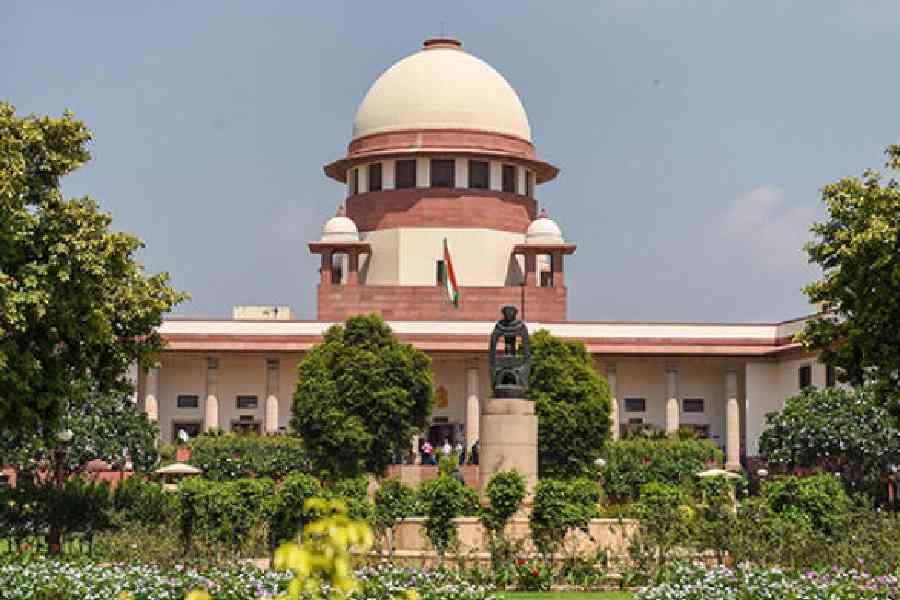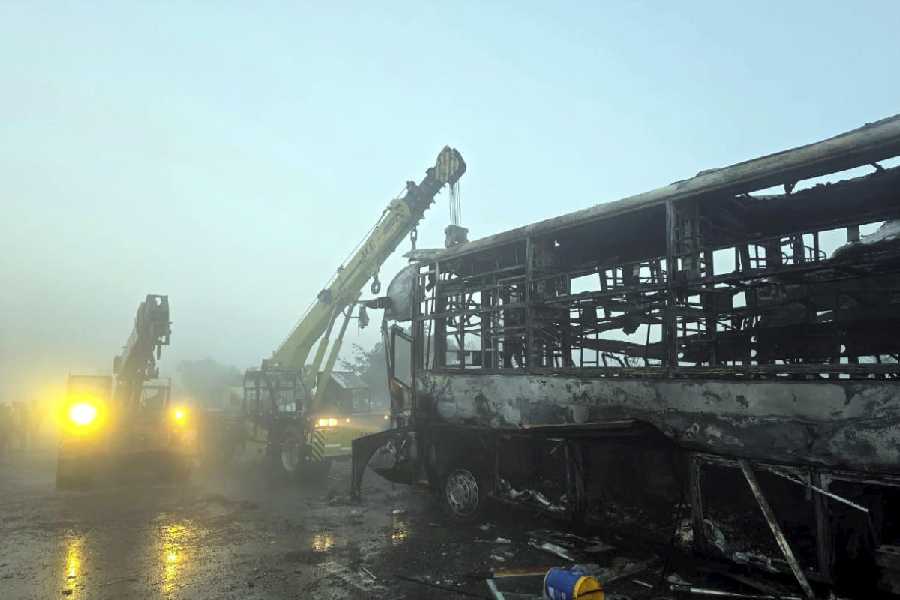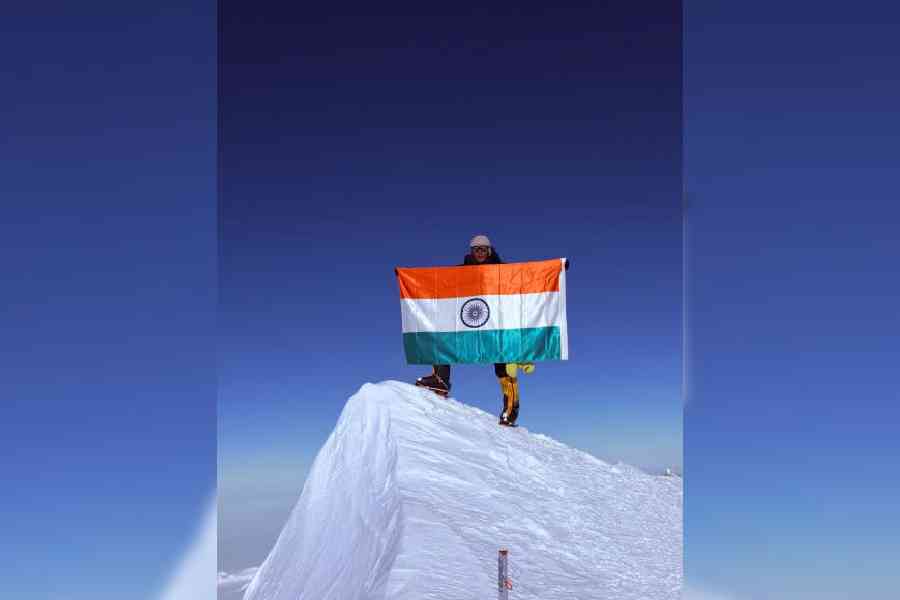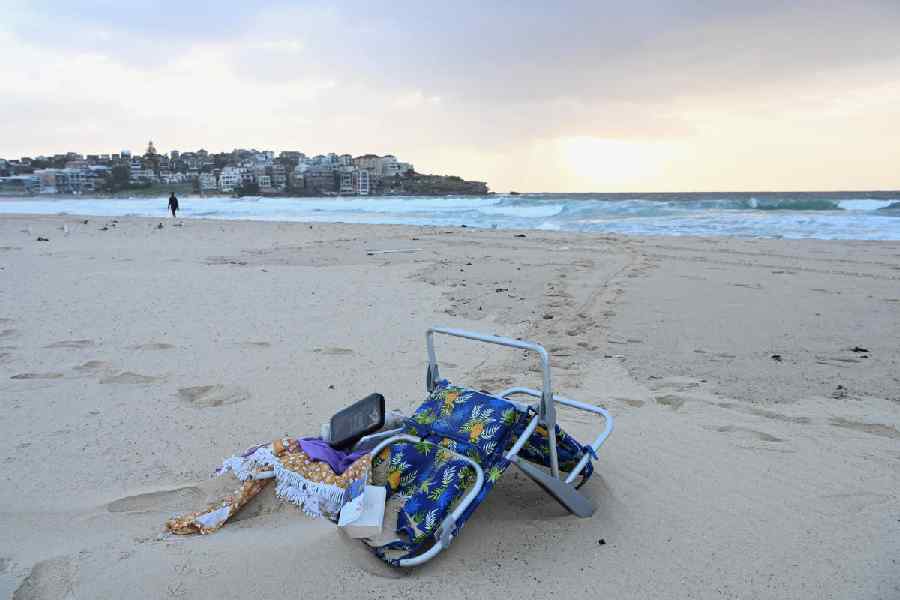 |
 |
 |
| PAGES FROM THE PAST: The Surrender at Dacca on December 16, 1971 (Jacob on extreme right); and the author (right) with a fellow officer in 1953 |
In May 1969, I received a phone call from [Sam] Manekshaw saying he was soon to become the chief of the army staff and would be relinquishing the appointment of army commander, eastern command. He said that he was going to have me posted as chief of staff, eastern command. He added that he knew that I would not like to work as his staff officer as earlier I had requested him not to have me posted as his brigadier general, staff. He said that I would have to tolerate him for a fortnight and I replied that a fortnight was acceptable. He then said that Jagjit Singh Aurora was to be the army commander, eastern command, and that he had very little confidence in him. I asked him why, if that was the case, was he sending him there. He replied: ‘I like to have him as a doormat’.
I have a special bond with Calcutta, the city where I was born. The people of Calcutta are cultured, warm and friendly. I moved into Watergate House in Fort William. It was a large sprawling house built in 1780 on the ramparts of the fort and had a magnificent view of the River Hooghli. The water from the river flooded through the water-gate into the moat, the house being astride the gate. I had known the fort from my boyhood...
I began taking over as chief of staff from Maj. Gen. Shankaran Nair, who was one of Manekshaw’s coterie. Manekshaw, in one of our conversations, had complained about the West Bengal government demanding a very large sum of money to transfer Field Marshal Lord Roberts’ statue to the regimental centre of the Fifth Gurkhas. I responded that Roberts was a gunner, a master gunner, and if the statue had to go to any regiment it should go to the artillery. He replied that Roberts had been an honorary colonel of the Fifth Gurkhas. I was quite taken aback by his next remark. ‘You know, I have another reason. Roberts was known as ‘‘Bobs Bahadur’’ throughout the British Army, and I am known as Sam Bahadur by all the Gurkhas and the whole of the Indian Army’. I responded that I had not heard anyone call him ‘Sam Bahadur’. The British soldiers were more informal, the Indian soldier would not take such liberties, and would address him as Manekshaw Sahib or Huzoor. He then called Maj. Gen. Nair and asked directly, ‘Shankaran, doesn’t the whole Indian Army call me Sam Bahadur?’ to which Shankaran replied, ‘Yes sir; yes sir, the whole Indian Army calls you Sam Bahadur’. Roberts was commissioned in the Bengal artillery and was awarded the Victoria Cross. He personally led several cavalry charges in Afghanistan. He was loved and respected by all the rank and file.
After being wounded in Burma, Manekshaw served on the staff and never physically commanded a Gorkha battalion or any battalion of the army. The Sam Bahadur nickname was subsequently perpetuated by Manekshaw and lapped up by the media.
With the change of government in Writer’s Building, I requested the state government, who were removing British statues, to donate Roberts’ equestrian statue to the Regiment of Artillery. They did not ask for any money for the statue, only removal charges. Field Marshal Roberts of Kandahar, VC, Bengal Artillery and master gunner seated astride his charger at the entrance of the Artillery Centre at Nasik Road, rides proudly to this day.
 |
| Sam Manekshaw |
Manekshaw left to take over as chief of army staff, taking Shankaran Nair as the director of staff duties at Army Headquarters. I soon settled down. Aurora was fairly easy to get on with. Working hours at Command HQ were officially 7.30 a.m. to 1.30 p.m. Aurora generally arrived at 10 ’clock. Around 12 ’clock his wife Bhanti Aurora arrived at his office. They had tea and left shortly after for luncheon engagements hosted by the various business houses. Aurora soon became part of the social circuit. This paved the way for his employment by a prominent Calcutta business house on his retirement.
There were law and order problems in West Bengal. The Naxalite movement, which began in Naxalbari in North Bengal, was gaining momentum. Elections were due to be held. A communist ‘United Front’ government was in power. We were visited by the army chief Gen. Manekshaw and the Union Home Secretary Govind Narain. The army commander, J.S. Aurora, was away at Darjeeling. Manekshaw told me that the government was very concerned about the worsening law and order situation, particularly in view of the upcoming elections.
He then directed that eastern command should smash the Naxalite movement and that we would be responsible for providing security for the elections. I replied, as any officer would have, that it was not our responsibility but that of the state government and police. Govind Narain then responded that the situation was not under control and that if we did not do so, it would get completely out of control.
Manekshaw then chipped in, ‘You will bloody well do it. You will be directly responsible to me for carrying out this task.’ I said that if so ordered I would do so. I paused for a minute or so, reviewing the problems of implementing this order, and then told them that we had adequate troops in north Bengal, but I would require two divisions for the rest of Bengal. Sam was generous, and said, ‘Done, I will give you the two divisions and I am also going to give you 50 Para Brigade as well. I expect results. You will, in case of any difficultly, phone me.’ I asked him to send this in writing. To this he retorted brusquely that there was no need for written orders and that his verbal instructions were based on the orders of Prime Minister Indira Gandhi who had nominated me to command the operation.
He then put his arm around me and said, ‘Jake, I have full confidence in you, I want results. You can inform Aurora.’ Manekshaw true to his word sent us 9 Infantry and 4 Mountain Divisions as also 50 Parachute Brigade. Together with GOC 33 Corps, whose HQ was located in north Bengal and HQ, Bengal Area which was located in Calcutta, we worked out deployment and operational plans. Elections were held and the army was deployed right down to polling booths. A Congress government took over. Chief Minister Siddharth Shankar Ray and Commissioner of Police Calcutta, Ranjit Gupta, provided intelligence and police resources. The combined efforts of all ensured that, by the end of 1971, the back of the Naxalite movement in West Bengal was all but broken. The movement has re-emerged in other states and unfortunately the various state governments are unable to cope, and there is little coordination between them. Unless the counterinsurgency operations are handed over to the army the movement will spread further. Credit for ordering operations in West Bengal should also go to Prime Minister Indira Gandhi, the defence minister, the home minister, and Manekshaw who provided the troops, Siddhartha Shankar Ray and Ranjit Gupta of the police and the soldiers who participated. Incidentally, Manekshaw, after giving me verbal orders took no further interest in these operations. Siddhartha Shankar Ray told all and sundry: ‘Jake and I, we broke the Naxals.’


